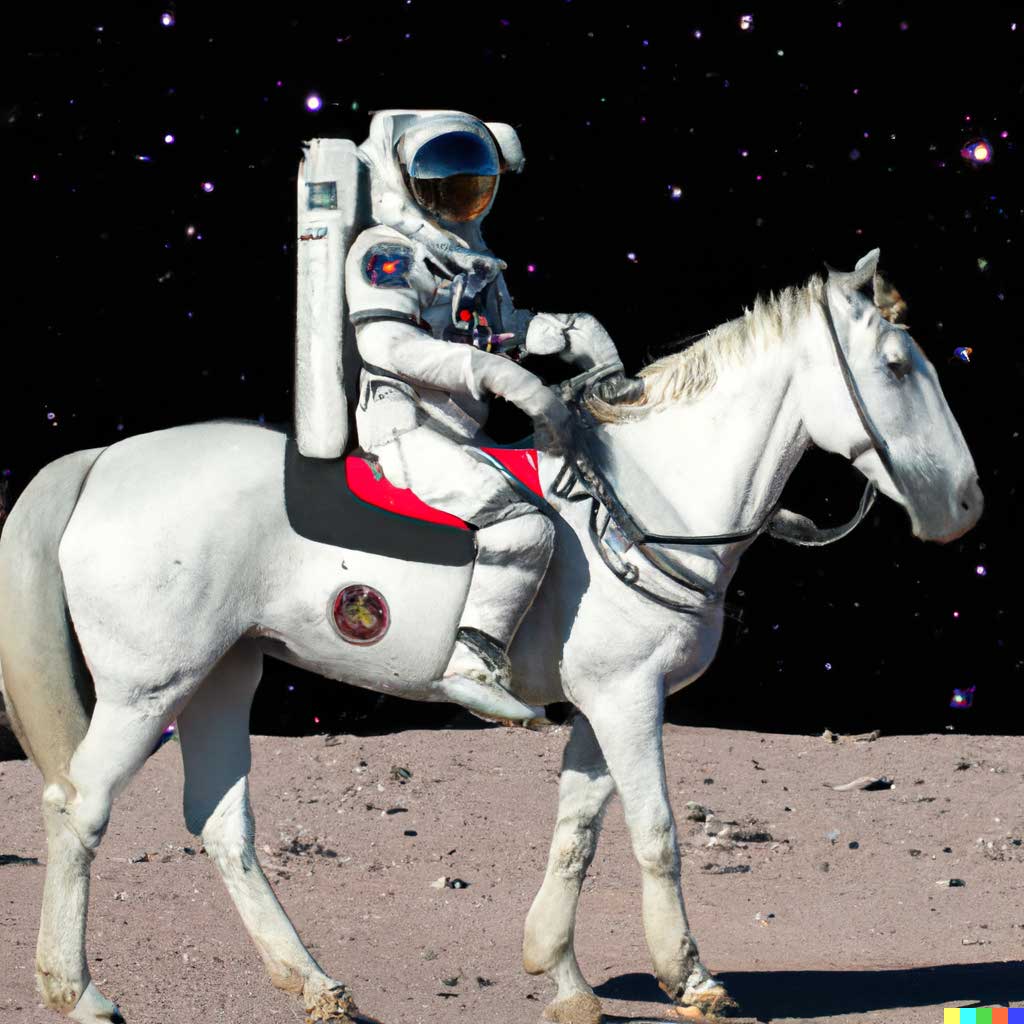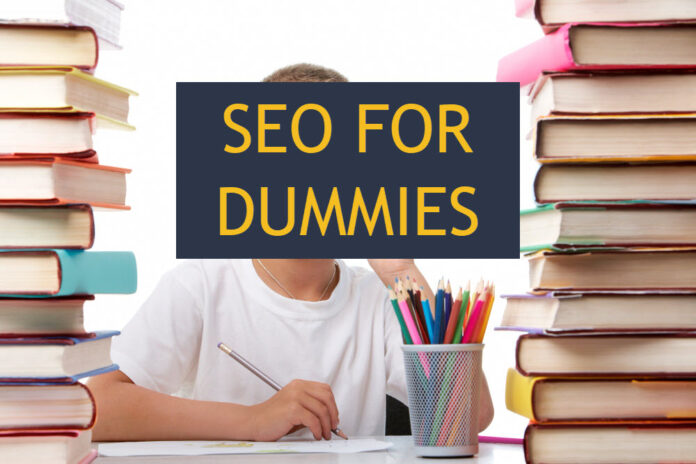Generative AI is a set of artificial intelligence (AI) tools that are used to automate the creation of new or original content. Content here refers to text, audio, visual, and musical elements.
AI Tools use complex algorithms and machine learning programs. First, they extract patterns from existing data. Then, they can produce new content based on this given data and algorithm design. Thanks to AI, the world is getting affected in many ways.
What is Generative AI changing? It gives authors the tools to produce new, original work quickly and effectively. Authors here include the collective coterie of bloggers, marketing copywriters, and social media posters.
Generative AI is also transforming creative sectors like music and art. Healthcare organizations use AI to create artificial data. The gaming industry employs AI to produce realistic game settings and characters.
I’ve been in the Tech industry for close to 25 years. I have closely seen the Internet, Mobile, Cloud, and Big Data affecting our lives. In my opinion, Generative Artificial Intelligence has the same potential to disrupt how we run our day-to-day lives.
In the last many months, I have closely used & reviewed AI writing tools. It has given me a good understanding of how things look under the hood.
What is ChatGPT / GPT4?
Generative Pre-trained Transformer 4 (famously known as GPT-4) is a multimodal large language model created by OpenAI. ChatGPT is a AI chatbot and DALL-E 2 is a image generator built on the GPT platform and released for general public usage. This release was primarily responsible for bringing AI into the limelight.
Globally, AI is impacting the world in various ways. It presents new opportunities for creativity and innovation. It assists in resolving some of the most significant challenges confronting humanity today.
Let start with the most popular use case!
How is Generative AI changing AI-assisted writing?
Generative AI is revolutionizing the writing industry. This technology is enabling new levels of originality, speed, and efficiency. Authors can come up with fresh ideas and speed up the writing process. It raises the caliber of their work at a rapid pace.
Natural language generation (NLG) technology advancements led to the creation of AI tools. In the writing domain, this is a breakthrough moment.
NLG algorithms assess vast amounts of data and produce written content. This content is identical to that created by human writers.
This technology automatically generates news articles, product descriptions, and other types of content. This automation saves time and effort for writers.
AI Edits during Writing
Additionally, AI Generative tools can help authors with the editing process. Editing tools with AI capabilities can test written content. They can also make suggestions for changes.
The changes could be fixing grammar and syntax issues. They may also suggest different word choices where required. These writing suggestions can aid writers in raising their output quality.

Writing experts recommend Grammarly as the leading tool to aid the editing process.
Lets now see its impact on the Creative World.
Creativity and Technology – What does it mean for Generative AI?
Technology and creativity have long had a fascinating and complicated relationship. It provides innovators and artists access to new tools and platforms for self-expression.
But there is a worry that technology could substitute or diminish human creativity. AI alters this dynamic by merging the technological and creative worlds very well.
Large datasets are used to train AI systems. They can then create novel, inventive, and usually indistinguishable content. This technology makes new avenues for innovation and creative expression possible.
AI for Music
Integrating AI with creativity is a new trend in the music industry. It is now possible to build brand-new, original songs from software. They are adapted to chosen genres or styles using AI.
AI enables musicians to experiment with melodies and harmonies. They may not have considered such frontiers earlier due to creative limitations.
AI also supports artists and musicians in overcoming creative blocks. These are common issues while dealing with high volumes.
Here’s an interesting news article on AI in Music. A musician (Grimes) offered a 50 percent royalty split on all releases using her voice.
AI for Visual Arts
The field of visual arts also uses AI. It can produce brand-new, creative visuals. They can be used for a broad range of tasks. These include building fresh items, realistic game worlds, and innovative marketing campaigns.
Generative AI Art allows designers and artists to create different visual content. The content could be from abstract compositions to lifelike portraits. The relationship between AI and creativity is still developing. But it is already showing tremendous promise.
If you fancy imagining an astronaut riding a horse, you can use DALL-E 2 to create one.

With the help of this technology, innovators can overcome various obstacles. They can reach new heights of innovation and creativity. It marks the emergence of novel artistic expressions with the aid of AI. Isn’t it what Generative AI meaning to achieve?These are exciting times to look forward to.
How AI is Helping Solve Real-World Problems?
AI is not just transforming the creative space. It is also having a massive impact on how we solve real-world challenges.
It is used in various domains, such as healthcare, gaming, and climate change. It is helping to address some of the significant challenges the world is confronting.
The gaming industry employs AI to produce realistic game settings. They have characters with distinctive personalities and actions.
The fashion industry uses it to develop fresh ideas and aesthetics. This idea generation is based on historical preferences and fashion trends.
Healthcare organizations use AI to create artificial data. This data is required to train machine learning models and preserve patient privacy. Additionally, it is used to develop medical images and identify diseases.
As a result, it enables quicker and more accurate diagnosis.

AI is also being leveraged in enterprise back-office applications. Examples are Human Capital Management, Supply Chain, Marketing & Customer Support.
Generative AI tools help recruiters create meaningful job descriptions. It enables the recruiters to attract the right talent. It helps the marketing team create customer communication content. This content will be consistent with their overall brand messaging.
Supply Chain Teams can create accurate product descriptions written using AI writing tools. These descriptions help them effectively communicate with vendors.
In summary, AI is helping resolve a wide range of real-world problems. This impact is across various domains, i.e., healthcare, entertainment, supply chain, etc.
How does Generative AI work?
AI Tools uses various methods and methodologies to create new content. Understanding its mechanics helps improve our understanding of the technology and the range of applications it can serve.
- The first step is to build a Generative AI model model on an extensive dataset of images, texts, videos, and sounds. This training enables the discovery of patterns and relationships in the data. Once trained, the model has input to create new content on similar lines as the initial data.
- The second step is using the trained model and creating fresh content. Giving the model a seed input enables it to produce a new output.
- The third step is refining the generated output. Although usually accurate, the AI may not always produce the desired results. Therefore, to further improve the quality of the generated output, it is necessary to refine it. Refining entails reviewing the input parameters in detail or utilizing more algorithms.
Finally, the generated output can be used for various applications. Examples are blogs, art, and music – or practical applications like drug discovery and climate modeling.
The above is only a high-level overview. The process of AI content generation is complex and involves advanced algorithms. By understanding the process, we can appreciate the technology’s capabilities. We can also understand its role in addressing real-world problems.
Humanizing AI: How Generative AI is Learning to Mimic Human Behaviour?
The field of AI Content Generation is rapidly evolving. Its algorithms can now replicate human behavior. It offers fascinating opportunities for employing AI. They produce works of art, music, and even writing identical to humans.

Deep learning is a process that enables AI to become more human. Deep learning algorithms can be taught on massive amounts of data.
They identify patterns and relationships because they are made to learn from data. They are trained on data about human behaviors. So, these algorithms mimic human behaviors. They can provide output that appears and feels like a human made it.
Humanizing Language Generation
Language generation is one instance of AI imitating human behavior. The Generative AI models can comprehend linguistic nuances. This imitation is possible because of their extensive training in textual data.
Using them, they produce contextually relevant and grammatically accurate text.
Humanizing Art
The creation of art is another illustration. Artificial intelligence (AI) algorithms are capable of learning from human-created artwork. As a result, they produce new images that are visually comparable to the original.
With technology, artists can now produce new works of art using AI. They can draw inspiration from older ones but have a distinctive twist.
Humanizing Music and other areas
A similar Generative AI revolution is seen in the Music field. The humanization of AI offers a variety of industry-level use cases as well. Examples are making chatbots sound more realistic. The chatbots can produce customized responses for customer support.
In summary, humanization with AI is a fascinating development. It is pushing the limits of what AI is capable of.
We can expect more applications that replicate human behavior as this technology evolves. It also opens more opportunities for creativity and innovation.
But it also brings up significant ethical concerns about the potential for AI to deceive people.
Ethical Implications of AI Content Generation
Although AI alters how we produce content, it raises serious ethical questions. So it’s critical to be mindful of the moral implications of using this technology. And how it might affect society.
- One of the ethical worries is the possibility of misleading people. For instance, an AI-generated image or video could be used to augment fake news.
These practices raise concerns about how to govern AI and prevent abuse.
- Ownership of AI-generated content raises further ethical questions. Who owns the copyright if an AI system produces a work of art or music? Should the person who programmed the AI be considered the creator? Or the person who offered the input data?
These problematic issues must be addressed. In addition, it should ensure that the rightful owners receive proper compensation and acknowledgment.

- Generative Artificial Intelligence could reinforce prejudice and discrimination in society. An artificial intelligence program may produce results reflecting the biases acquired while learning.
For instance, a hiring tool maybe driven by AI to get trained on prejudiced data. This training may lead to bias against some demographics.
We must overcome these prejudices to stop AI from propagating discrimination.
- One more crucial ethical issue in this context is privacy. AI algorithms would potentially learn from personal data. So, how to safeguard personal information and stop its misuse is unclear.
We must have strict data protection legislation in place. This legislation will prevent the abuse of personal data in AI algorithms.
In summary, the moral consequences of AI Content Generation are diverse and complex. Therefore, we must address these worries and create rules and norms. These norms will ensure that AI is applied morally and sensibly.
Doing this can maximize the effectiveness of this technology. It will also reduce the adverse impact on the society.
Check out this related article the Precautions to take while using AI Content Generators
AI Content Detection and its Implications
AI Content Detection is a rapidly growing field within the AI domain. It refers to using Generative AI algorithms to examine and find AI-generated content. This content refers to all forms of media, like text, photos, and videos.
There are two typical applications of AI generated content detection:
- The detection of plagiarism
- The identification of content produced by automated systems.
Content Detection by Originality.ai
One of the leading tools for AI content detection is Originality.ai. This platform analyses written content using cutting-edge machine-learning algorithms. They estimate the proportion of text likely to be generated by an AI system.
The evaluation is based on various metrics. The metrics include the frequency of specific patterns of words or phrases. It reviews the existence of grammatical imperfections. General coherence and structure of the text are other checkpoints.
In recent years, using tools like Originality.ai has grown increasingly crucial. It’s because there is an exponential increase in the volume of AI-generated material. Moreover, a lot of such material is being shared online.
False Positives or Negatives
AI Content Detection has one significant ethical concern, i.e., the potential for false positives or negatives. For instance, a tool can mistakenly mark the analyzed text as human-written when produced by an AI system, or vice versa.
Serious repercussions could result from plagiarism charges or the suppression of appropriate content. Using human judgment and other types of analysis to reduce these risks is essential. These should be in conjunction with the automated AI content detection tools.
When utilizing AI content detection systems, accountability and transparency are crucial considerations. Both users and developers must be transparent. Users should know the processes and algorithms used to create these tools. It should be clear how the tools work and their limitations.
Also, rules should be established so end users can challenge false positive or negative results. Finally, the tool designers should improve detection tools in response to user feedback.
AI-Generated vs Human Generated Content
There is a distinction between AI-generated material and human-generated content. This difference is crucial to AI generated content identification. Although both types of Generative AI content have value, it can be simple to distinguish between them.

For instance, AI-generated material might use more formulaic or repetitive speech. They may place more emphasis on keyword density than on the use of coherent language flow. In contrast, human-generated content’s language, tone, and style may be more varied.
This distinction is important because it affects how AI content detection tools are used and how the content is evaluated.
In conclusion, content detection is an essential aspect of the AI Content Generation domain. It may be able to address issues with plagiarism and misinformation. But it is equally important to consider these tools’ ethical consequences and limitations. One should use them in tandem with human judgment and other analytical techniques.
How does Google Search treat AI-Generated content?
One of the most popular search engines in use today is Google Search. It has a solid reputation for giving users meaningful and accurate search results.

AI-generated content has now become very prevalent. So, website owners and SEO specialists have become concerned. The concern is how Google handles AI content and what that means for SEO.
How does Google treat AI-generated content? In February 2023, there was a critical Google announcement in this context. It stated that high-quality content would be rewarded regardless of how it is produced. Google’s ranking systems look for content that demonstrates E-E-A-T qualifiers. E-E-A-T stands for experience, authoritativeness, and trustworthiness.
So, AI-generated content is treated the same as any other type of content. It is subject to the same ranking factors as human-created content. Google’s algorithm is designed to focus on high-quality content. It should provide value to users.
AI-generated content should not be low quality, irrelevant, or lacking value. It will not rank well in Google Search results. Some websites may use AI-generated content to manipulate search rankings. Google has also stated that it will act against such websites.
SEO Impact
There are both advantages and disadvantages to using AI-generated content for SEO. Firstly, AI-generated content can save time and resources by automating content creation. This automation can be beneficial for creating large amounts of content quickly.
But there are potential risks associated with using AI-generated content. As it becomes more prevalent, there is a risk that it could be used to manipulate search rankings.
It could also be misused to promote misleading or inaccurate information.
AI can generate content at scale and low cost. This process makes flooding the internet with large volumes of low-quality content easier.
A website cannot have fully AI-Generated content either. It will harm its reputation and credibility. Users may view the content as “spammy” or untrustworthy.
In conclusion, there are advantages to using AI-generated content for SEO. But it is vital to ensure that the content is high quality, relevant, and valuable to users. Ultimately, AI-generated content can be effective in specific contexts. Content creators need to be mindful of the impact that it can have on SEO.
AI Writing Tools
The leading AI Writing tools in 2023 in the Premium category are:
- Jasper.ai
- Frase.io
- Content At Scale
- Writesonic
Some of them have free trials before you start the premium plans. Each has its strengths and weaknesses. They have several templates covering the different use cases for AI Content Generation. For example, templates are available for writing marketing copies, social media posts, email communication etc.
Jasper Art is beneficial for automated images, photos, and graphics generation.

The five best free AI Content Generator tools are below. These are free for life and have different levels of volume restrictions in the Free plan. You can graduate to their Premium Plan when you need richer features and higher volumes.
- Rytr is an all-rounder AI Content Generation tool for beginners. Their generous free plan includes advanced features like Plagiarism checks.
- Copy AI is helpful if you want to write Marketing Copies.
- Simplified can be a choice if you have a lot of images & videos along with generative AI text content generation. It has outstanding features for video editing too.
- SmartCopy is a good choice for teams running marketing campaigns. The integrated AI Content writer with campaign management is a great plus.
- QuillBot is your choice if you are looking to paraphrase short paragraphs.
Wrapping it up!
Generative AI has the potential to alter future Technology advancements. It enables innovative forms of creativity and problem-solving. Researchers, designers, and writers can use this technology. They can generate fresh concepts, investigate creative avenues, and develop original solutions.
Its ability to resolve real-world problems is already evident in different contexts. Of course, there are several ethical concerns to be addressed. But content creators should focus on creating original, high-quality content. Google, too announced that high-quality content would be rewarded regardless of how the content is created.
Content creators are spoilt for choices when it comes to AI writing tools. There are several tools with premium features and others in the freemium model. Each has its strengths, and you can check out the product reviews in Coolfundas.
I would love to know how AI has affected your life. Do share your thoughts in the Comments section.





Comprehensive & explained in an easy to understand manner with a well-rounded analysis of the positive & negative implications of Gen AI